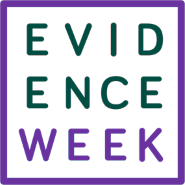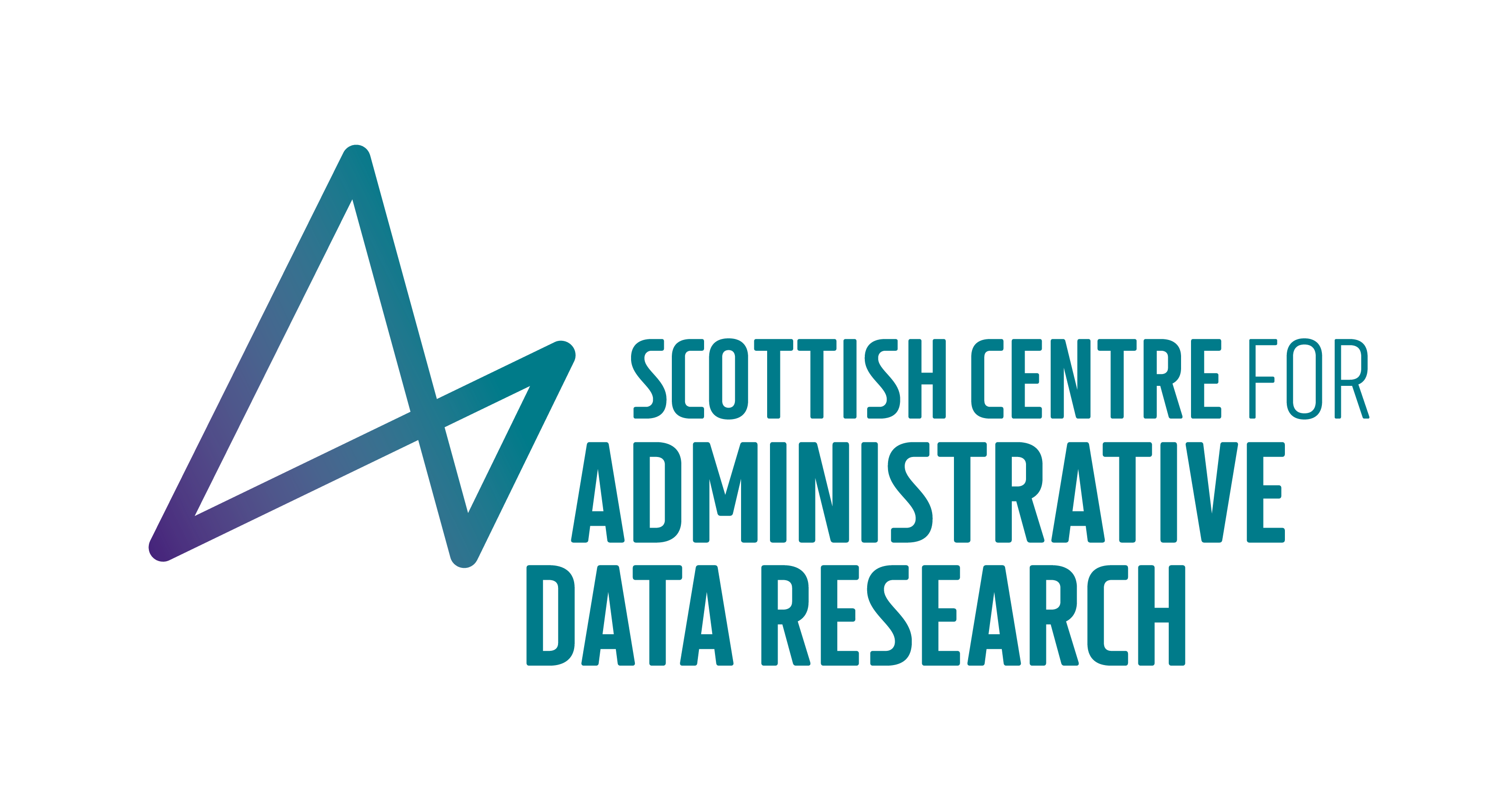BLOG - Improving justice data to promote data justice in Scotland
Members of the Scottish Parliament were treated to a wealth of evidence by academic researchers and government analysts at the recent Evidence Week in Holyrood, to help inform critical policy issues in Scotland.

Amongst the contributions, our research lead Professor Susan McVie discussed ways in which data could be used to create more effective and equitable crime and justice policy, while Amy Wilson (Head of Justice Analytical Services) discussed Scottish Government plans to improve and expand the availability of justice data.
Using justice data
Never before have so many statistics on crime and justice been freely available at our fingertips. We can readily find information on trends in police recorded crime, rates of victimisation, numbers of people being convicted in court, and daily prison population figures.
We’ve come a long way since 1928, when the first dedicated report on Criminal Statistics in Scotland was published by His Majesty’s Stationery Office at a cost of 1 Shilling and sixpence (around £3 today). Compiled by the Prison Commissioners for Scotland, it contained a wealth of information on crimes and offences, persons charged and apprehended, and trials on indictment. Notably, however, all of the graphical information had been painstakingly drawn by hand – a far cry from the infographics and data visualisations we enjoy today!
Despite the wealth of crime and justice data available to us, making further improvements continues to be vital so that we can understand how crimes, and those who are affected by it, are changing and ensure that our justice responses are appropriate and effective.
To achieve this, there is increasing recognition that we need to move beyond aggregate population statistics and undertake greater analysis of the journeys and experiences of individuals within the system. Whilst we know some things already, we need to understand more about how education, health and care experiences, as well as impacts of poverty and housing may lead to different justice outcomes. Linking these data together in a safe and ethical way holds the potential not only to improve justice data but also to promote data justice.
So what is data justice?
According to Linnet Taylor, data justice is: "Fairness in the way people are made visible, represented and treated as their production of digital data”. While Taylor’s proposals go well beyond the remit of justice data, his argument for data justice is highly relevant within the context of the newly published Vision for Justice in Scotland which has a central focus on being person-centred and founded on equalities and human rights.
The vision outlines the aims for justice going forward in Scotland, setting a range of ambitious outcomes, but also highlighting areas of continued challenge including: illicit drug use (which is linked to Scotland’s drug-related deaths crisis), rising custodial sentences, and record highs in the prison population.
One of the central principles for the new strategy is that it is based on sound evidence. Finding new and innovative ways to gain insights using justice data is just one of the ways that the Scottish Government hopes to provide that sound evidence. Scottish Government will be looking to work with a range of partners, such as ADR Scotland and Research Data Scotland, to bring together data from justice and other areas of public policy to understand more about the circumstances, journeys and experiences of those who come into contact with the justice system. This will help to support the development of policies to improve outcomes for all.
Events such as Evidence Week in Holyrood provide a great opportunity to showcase the wealth of data and evidence that Scotland has to offer, but more importantly that data and evidence have the capacity to achieve real data justice for the people of Scotland.
Listen to a recording of our session ‘Doing Data Better for Policy and Public Good’ as part of Evidence Week here.
This article was published on 31 Mar 2022




